On a foggy March night in Port O’Connor, Texas, a private helicopter lifted off from a road near its owner’s home. Minutes later, it lay in a smoldering heap in a field just a quarter-mile away. What happened in that short stretch of flight time is a cautionary tale filled with lessons about decision-making, spatial disorientation, and the insidious dangers of flicker vertigo.
A Pilot with Experience—but Limits
The pilot, a 56-year-old medical doctor with a long-standing passion for aviation, wasn’t new to helicopters. He held a private pilot certificate for helicopters and had logged approximately 912 total flight hours, mostly in the same Robinson R44 II that crashed that night. He had even completed a Robinson Helicopter Company safety course back in 2008, where instructors noted his good attitude toward aviation safety.
However, a crucial limitation in his qualifications stood out: he was not instrument-rated. That meant he wasn’t certified—or likely trained—to fly in instrument meteorological conditions (IMC), which require reliance on instruments when visual cues are obscured.
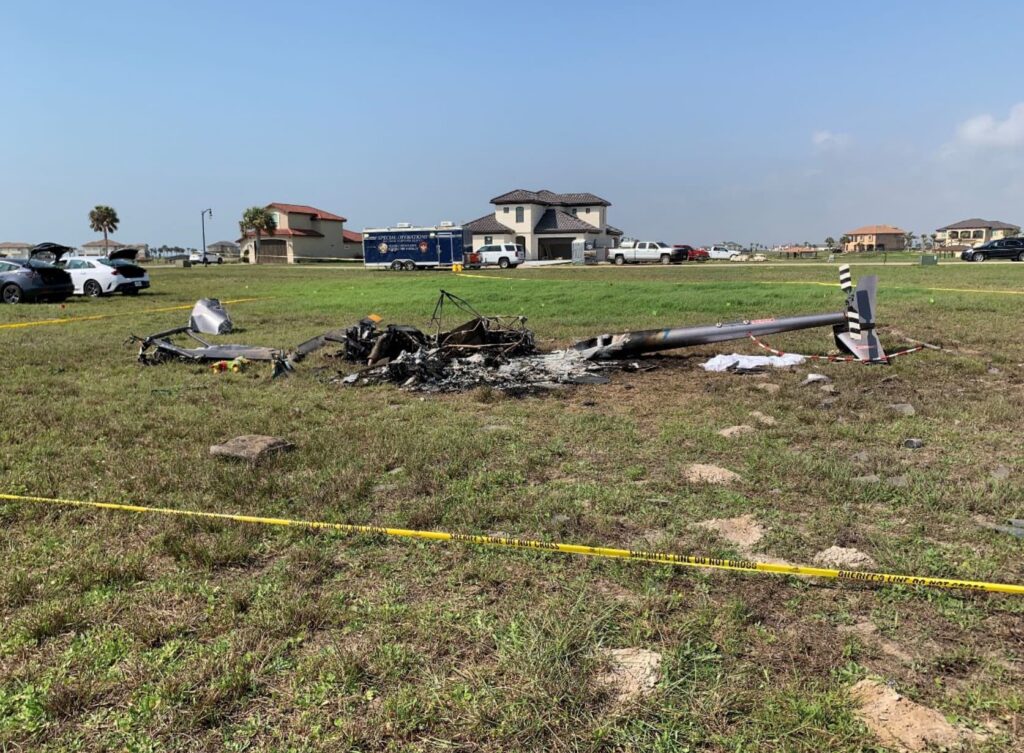
The Flight That Shouldn’t Have Happened
It was 9:57 p.m. when the R44 lifted off under Part 91 general aviation rules for what was supposed to be a personal flight to Pearland Regional Airport (LVJ). There was no flight plan filed, no weather briefing obtained, and no communication with any air traffic services. That’s not illegal under the circumstances, but it was a glaring red flag considering the night’s deteriorating weather.
Two neighbors near the departure site described the conditions as “extremely foggy.” One mentioned being unable to see her own boat dock 75 feet away. Another estimated visibility at just 400 feet. The nearest weather station—20 miles away—was already reporting mist and a 500-foot broken ceiling.
To make matters worse, the pilot had the helicopter’s red anti-collision (strobe) light activated, which, under certain foggy conditions, can induce a dangerous condition called flicker vertigo. This strobing light, bouncing through clouds and fog, can disrupt the brain’s sense of motion and balance, leading to nausea, disorientation, and spatial confusion.
A Short Flight with a Tragic End
ADS-B tracking data revealed the helicopter’s movements: it departed heading east, passed over a nearby lake, turned north, climbed, and then descended to the south. The entire flight covered just 0.25 miles—a distance easily walked in under five minutes. The crash occurred in an open field adjacent to a home, where a post-impact fire consumed most of the wreckage.
There were no signs of mechanical failure. The engine showed good internal continuity, compression, and no damage. Despite the extensive fire damage, investigators found flight control continuity and no evidence of pre-impact failures.
The helicopter was equipped with instruments but not certified for IFR (instrument flight rules). And more critically, its pilot wasn’t trained to rely solely on those instruments, especially in IMC.
Toxicology and Medical Findings
Toxicology tests on the pilot revealed a low blood alcohol content (0.012 g/dL), but this was likely due to postmortem processes, not alcohol consumption. He had cetirizine (an over-the-counter antihistamine) in his system, a drug that can cause drowsiness in some people, though its role in this accident was deemed unlikely to be significant.
The autopsy also found an enlarged heart, but no signs of atherosclerosis or significant heart disease.

Flicker Vertigo: The Silent Killer in the Cockpit
While spatial disorientation is a well-known hazard in night or IMC flying, this case also highlights the subtle risk of flicker vertigo. When pilots fly through clouds or fog with strobes or high-intensity lights on, it can cause their visual systems to misfire—leading to vertigo or even unconsciousness in rare cases.
Both the FAA and Robinson Helicopter Company have long warned about this. Safety Notice SN-26 from RHC spells it out plainly: flying at night, in bad weather, with no visual references is a high-risk scenario—often fatal.
Probable Cause: A Preventable Tragedy
The NTSB’s verdict was clear:
Probable Cause: The pilot’s initiation of a visual flight into instrument meteorological conditions, which resulted in spatial disorientation and a subsequent loss of helicopter control.
Contributing Factor: Flicker vertigo experienced during the flight.
This was not a mechanical failure. It was a human decision—made by an experienced pilot who knowingly flew into weather he wasn’t certified or equipped to handle.
Safety Lessons: A Checklist for All Pilots
- Never fly VFR into IMC. This accident occurred within minutes of takeoff, proving how unforgiving spatial disorientation can be.
- Get a weather briefing. The pilot didn’t call the FAA flight service, use ForeFlight, or consult any other briefing service. Without updated weather data, he took off blind.
- Respect your limitations. A private pilot certificate without an instrument rating should never mean “good enough” for marginal weather at night.
- Understand flicker vertigo. Know when and why to disable strobe lights, especially in conditions with fog, clouds, or precipitation.
- Use conservative night flying minimums. The RHC manual warns against night flight without clear skies and good visual references. Take that advice seriously.
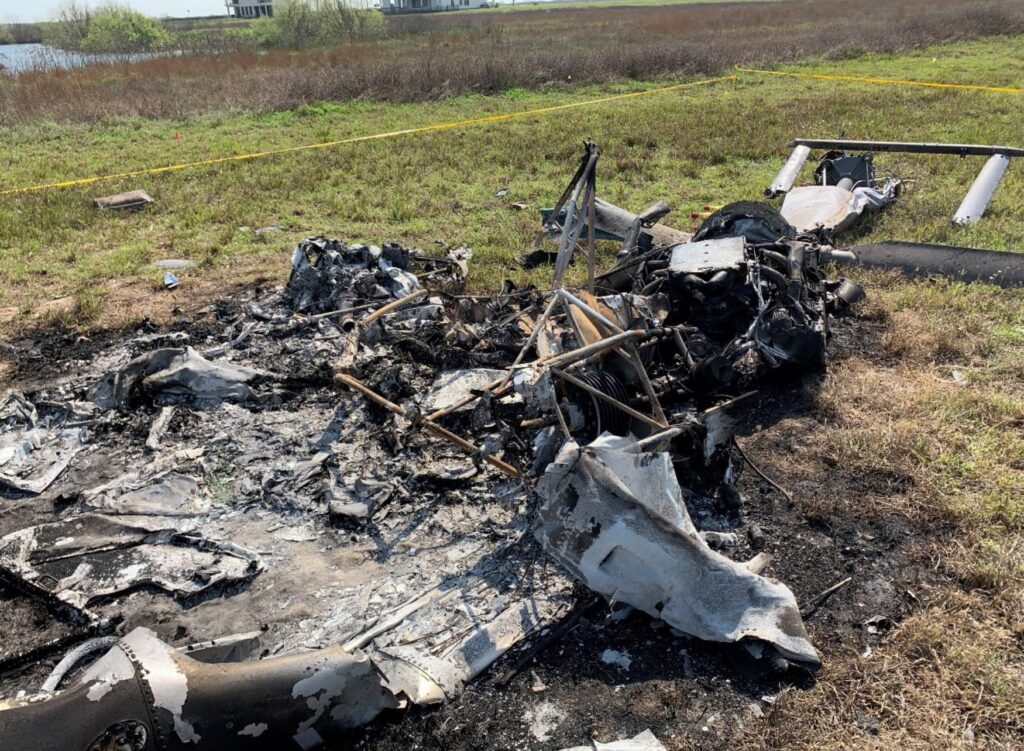
The Human Element
This pilot wasn’t reckless in the traditional sense. By all accounts, he was a cautious aviator who had invested in training and safety. But this accident reminds us that aviation doesn’t forgive lapses in judgment, even when they come from well-meaning pilots with a love for flying.
There’s an emotional weight in reading about a pilot and his passenger taking off from a quiet neighborhood, only to vanish in a field less than 90 seconds later. It’s sobering—and it should be.
Whether you’re a weekend flyer or an ATP, the takeaway here is clear: Good judgment is the cornerstone of flight safety. Without it, even the most routine flight can end in disaster.

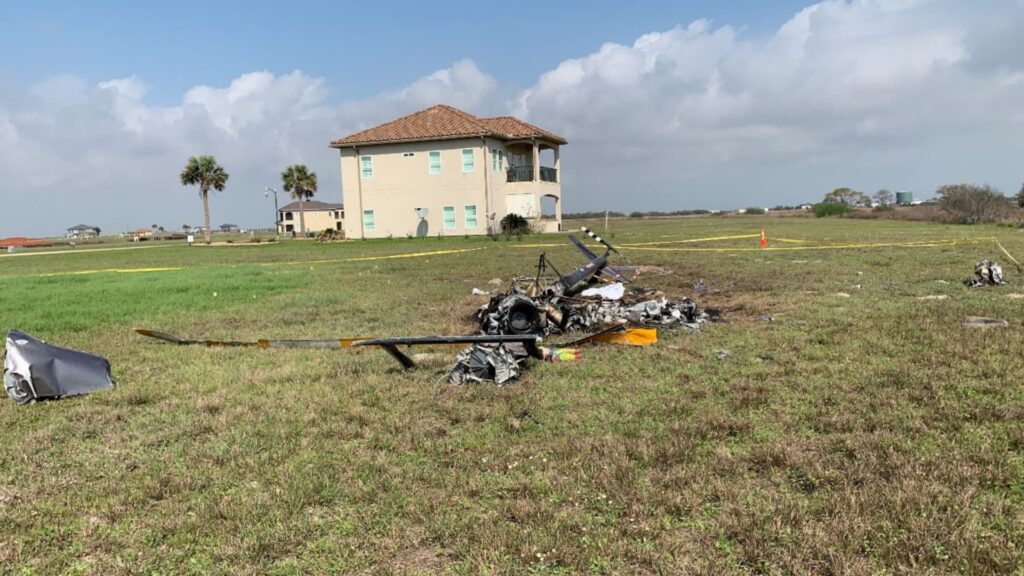



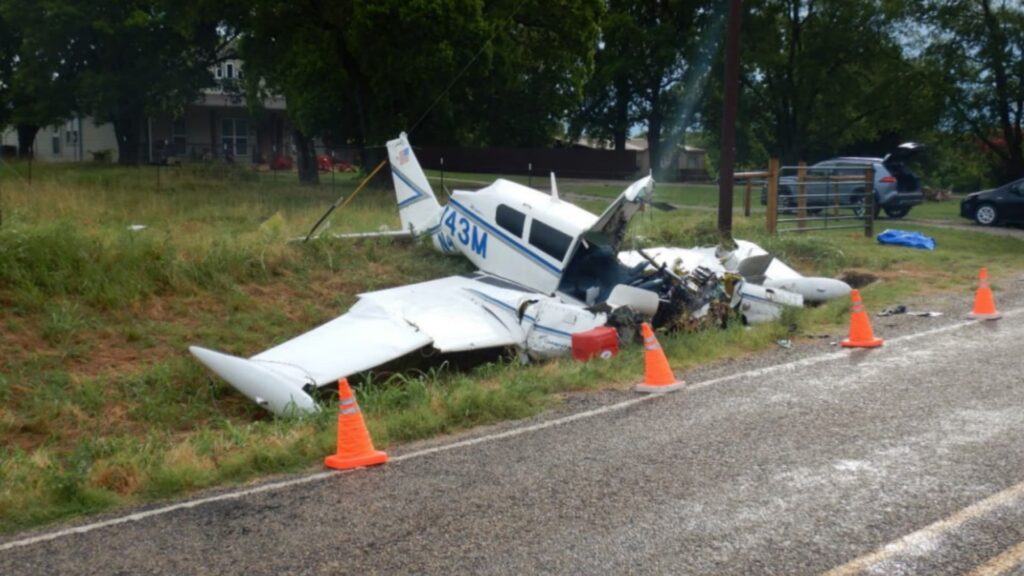
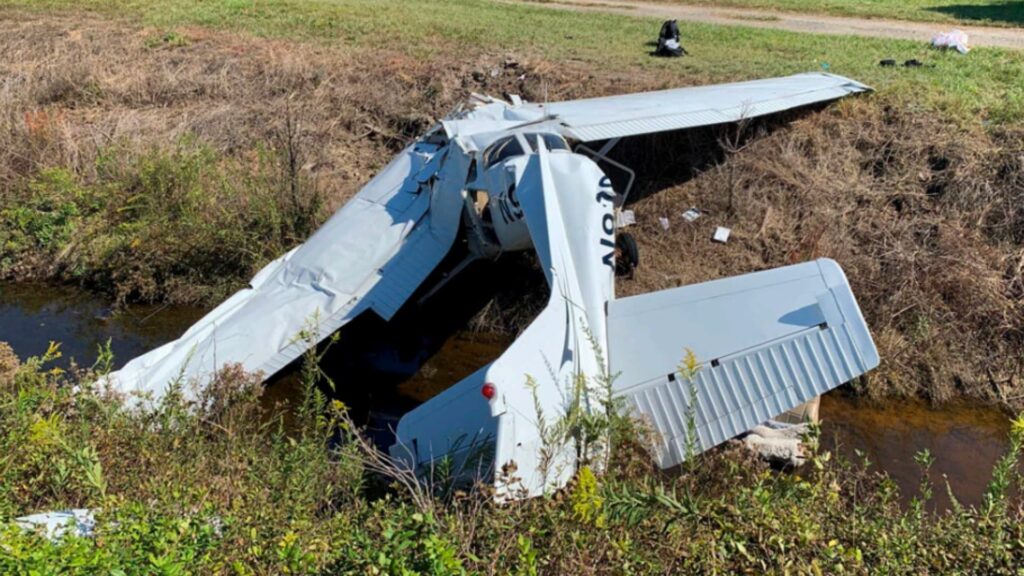

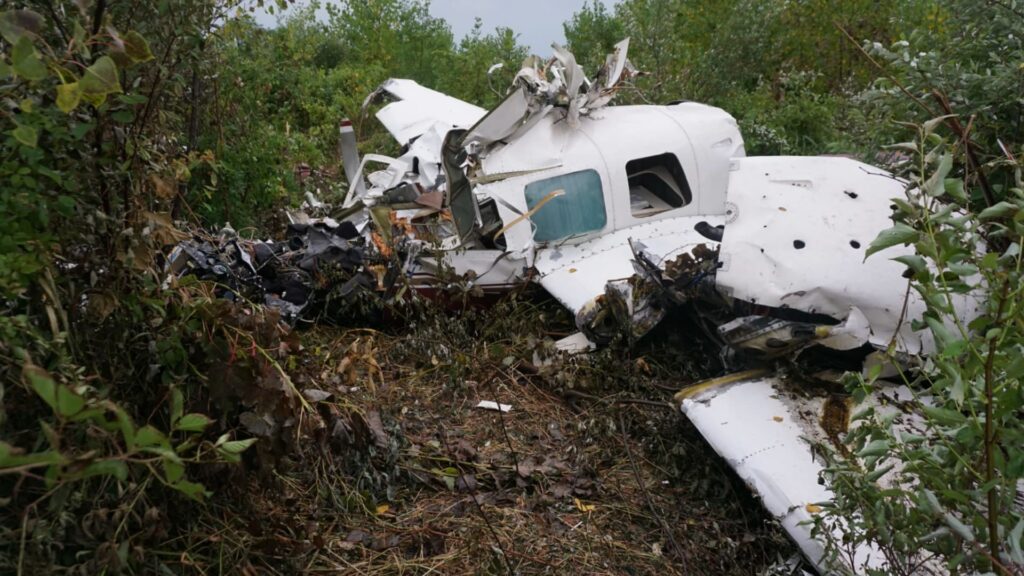
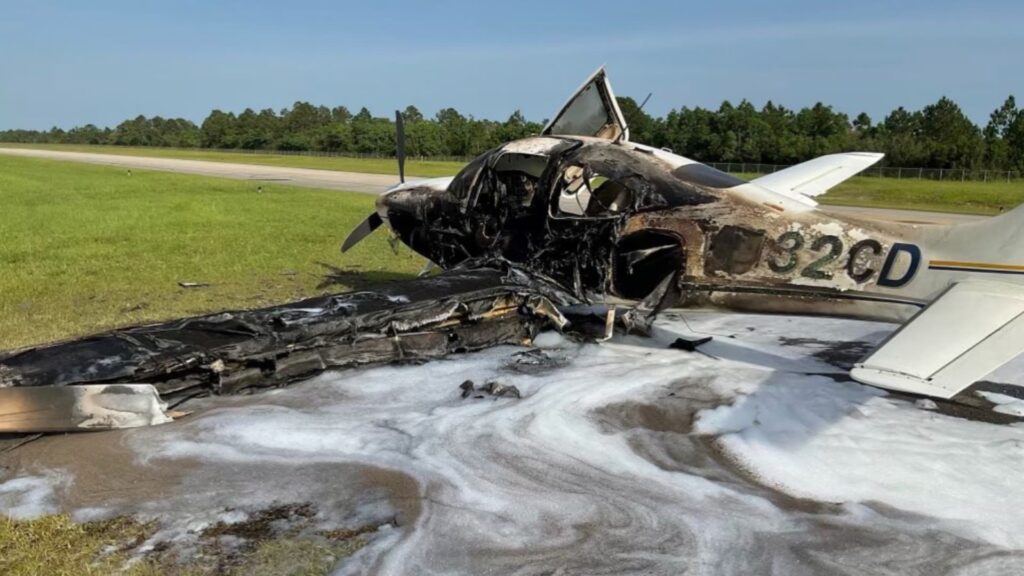
One Comment
“Flicker Vertigo” is a new term for me. When I was getting my instrument rating, I was warned about using strobes in clouds/fog, but I don’t think I was ever told why except “It’s distracting.”
Thanks for this! No matter how much you think you know about flying, there’s always new knowledge to be found.